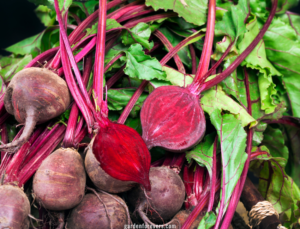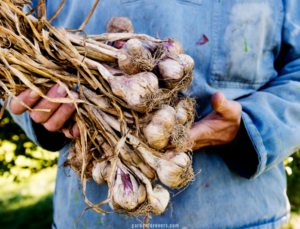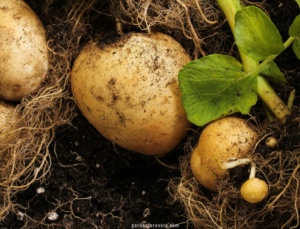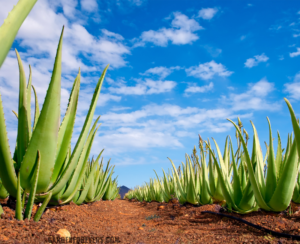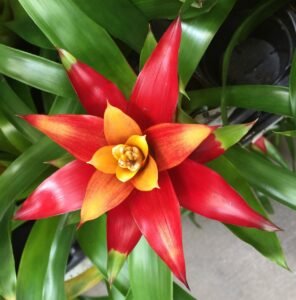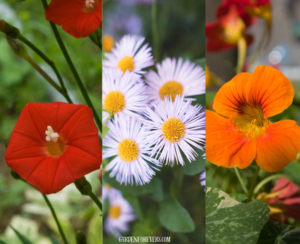How to Grow Marigolds from Seed: A Step-by-Step Guide
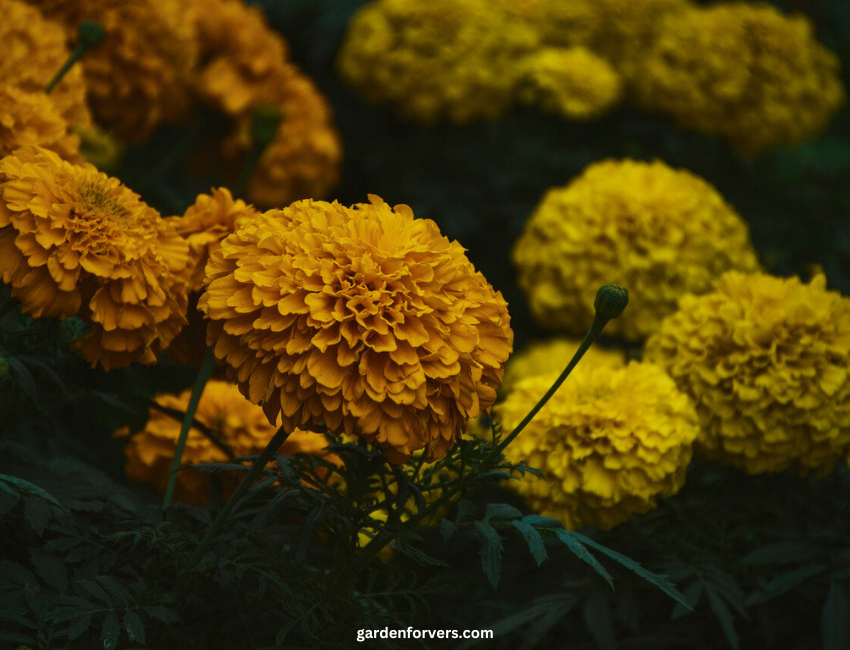
There’s something truly magical about growing marigolds from seed. Whether you’re a seasoned gardener or someone just starting out, planting marigolds is one of the most rewarding experiences. With their bold, bright colors and their ability to thrive in a variety of conditions, marigolds are a garden favorite for many. But starting them from seed? That’s where the fun really begins. Watching those tiny seeds transform into flourishing plants bursting with blooms feels like a small miracle every time.
If you’ve ever wanted to grow marigolds from seed, but didn’t know where to start, don’t worry. Growing marigolds is easier than you might think, and I’m here to walk you through every step of the process, sharing tips and tricks along the way. By the end, you’ll be ready to turn those humble seeds into a vibrant display of marigolds in your garden.
Why Grow Marigolds from Seed?
Marigolds are known for their low maintenance and resilience. They’re tough plants that can tolerate a range of soils and weather conditions. But growing them from seed offers several advantages. For one, it’s incredibly cost-effective. Instead of purchasing grown plants, which can be expensive, a single packet of marigold seeds can produce dozens of plants.
Additionally, starting from seed gives you more control over the growing process. You can choose from a variety of marigold types, experiment with different colors, and even grow them indoors before transplanting outside. Plus, there’s something deeply satisfying about nurturing plants from their earliest stage.
Step 1: Choose Your Seeds
The first step in growing marigolds from seed is selecting the right variety. There are two main types of marigolds: French marigolds and African marigolds.
- French Marigolds are smaller, more compact plants with a profusion of blooms in colors ranging from deep reds to bright oranges and yellows. They’re perfect for borders, containers, or adding bursts of color to any spot in the garden.
- African Marigolds, on the other hand, are taller and produce larger, globe-shaped flowers. They can grow up to three feet high, making them ideal for background planting or creating a bold statement in a garden bed.
Once you’ve decided on the type, it’s time to get your seeds. You can find marigold seeds at most garden centers, or even order them online. When picking seeds, check the packet for details about bloom time and plant height to ensure they match the vision you have for your garden.
Step 2: Start Indoors (Or Not)
Now, here’s where your growing journey can take two different paths: starting your marigolds indoors or planting them directly in the garden.
If you live in a colder climate or want a head start on the growing season, starting marigolds indoors is a great idea. Marigold seeds germinate quickly, usually within 4 to 14 days, so you’ll see progress fast.
- Timing: Start seeds indoors 6-8 weeks before the last expected frost in your area. This gives the seedlings plenty of time to grow before it’s warm enough to transplant them outside.
- How to Plant: Fill small pots or seed trays with a light, well-draining potting mix. Gently press the marigold seeds into the surface of the soil, covering them with a thin layer of soil (about ¼ inch deep). Water the soil gently but thoroughly, making sure not to dislodge the seeds.
- Light and Warmth: Place your pots in a warm, sunny spot or under grow lights. Marigolds love sunlight, so aim for at least 6 hours of light per day. Keep the soil consistently moist but not waterlogged—marigolds don’t like soggy conditions.
Alternatively, if you live in a warmer climate, you can plant marigold seeds directly in your garden after the last frost. This method is even simpler:
- Prepare the Soil: Choose a sunny spot in your garden. Marigolds thrive in full sun, so make sure your chosen area gets at least 6 hours of sunlight a day. Loosen the soil and mix in some compost or organic matter to improve drainage.
- Sow the Seeds: Scatter the seeds over the prepared soil, spacing them about 6-12 inches apart depending on the variety. Cover them with a thin layer of soil, water them in, and wait for the magic to happen.
Step 3: Transplanting and Thinning
If you start your marigolds indoors, they’ll eventually need to be moved outside. But don’t rush the process. Marigolds are frost-sensitive, so wait until after the danger of frost has passed and the soil has warmed up.
- Hardening Off: Before planting your marigold seedlings in the garden, you’ll need to harden them off. This simply means getting them used to outdoor conditions. About a week before transplanting, start by placing them outside in a sheltered spot for a few hours each day, gradually increasing their time outdoors.
- Transplanting: Once the seedlings are strong enough and outdoor temperatures are consistently warm, transplant them to your garden. Make sure to space them according to the variety’s needs—typically 6-12 inches apart for French marigolds and up to 18 inches for African marigolds.
For those who sowed seeds directly in the garden, you’ll need to thin out the seedlings once they start sprouting. Thinning ensures that each plant has enough space to grow properly. Remove the weaker seedlings, leaving the healthiest ones spaced according to the recommendations for your marigold variety.
Related
Step 4: Watering and Care
Now that your marigolds are in the ground, it’s time to focus on caring for them. Fortunately, marigolds are low-maintenance plants, but there are a few things to keep in mind.
- Watering: Marigolds like regular watering, but they don’t like sitting in soggy soil. Water deeply, but allow the soil to dry out slightly between waterings. Overwatering can lead to root rot, so make sure your plants are in well-draining soil.
- Mulching: To keep weeds at bay and help the soil retain moisture, add a layer of mulch around your marigold plants. This will also keep the roots cool during hot summer days.
- Fertilizing: Marigolds aren’t heavy feeders, but giving them a boost with a balanced fertilizer once or twice during the growing season will encourage healthy growth and vibrant blooms.
- Deadheading: To keep your marigolds looking their best and encourage continuous blooming, deadheads spend flowers regularly. This means snipping off the faded blooms to make room for new ones. Your marigolds will reward you with even more flowers throughout the season.
Step 5: Enjoy the Blooms!
Before you know it, your marigold seeds will have grown into full, blooming plants, filling your garden with bursts of color. Marigolds typically bloom from late spring until the first frost, making them a long-lasting addition to any garden.
Not only are marigolds beautiful, but they’re also practical. They’re known for repelling garden pests like aphids and mosquitoes, making them a great companion plant for vegetables and other flowers. Plus, their bright, cheery colors can’t help but lift your spirits every time you see them.
Growing Marigolds from Seed is Easy and Fun
Growing marigolds from seed is an enjoyable, easy process that can add beauty and color to your garden. Whether you’re starting them indoors to get a head start on the season or sowing them directly in your garden, marigolds are forgiving, resilient plants that reward minimal effort with maximum blooms.
So, grab a packet of seeds, some soil, and get ready to grow your own vibrant patch of marigolds from scratch. With a little care and patience, you’ll soon have a garden full of these sunny, cheerful flowers to enjoy all season long.
FAQs
How long do marigold seeds take to germinate?
Answer: Marigold seeds usually germinate within 4 to 14 days, depending on the growing conditions. Warm temperatures and adequate light can speed up the process.
When is the best time to plant marigold seeds?
Answer: The best time to start marigold seeds indoors is 6-8 weeks before the last expected frost. If planting directly in the garden, wait until after the last frost when the soil has warmed up.
Do marigold seeds need light to germinate?
Answer: While marigold seeds do not require light to germinate, they do need warmth. After they sprout, make sure they receive plenty of sunlight (about 6 hours a day) for healthy growth.
Can I plant marigold seeds directly in the garden?
Answer: Yes! Marigold seeds can be planted directly in the garden after the last frost. Just scatter them over prepared soil, cover lightly with soil, and water thoroughly.
How far apart should I space marigold seeds?
Answer: French marigolds should be spaced 6-12 inches apart, while African marigolds, which grow larger, should be spaced about 12-18 inches apart to allow for proper growth.



